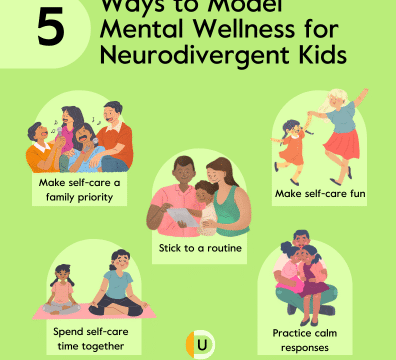Obsessive-Compulsive Disorder (OCD) is a condition that can affect how a student thinks, feels, and behaves in school. With kindness, structure, and understanding, educators and caregivers can help students with OCD feel safe, supported, and more successful in their learning environments.
What is OCD?
OCD involves recurring thoughts (obsessions) and repetitive behaviors (compulsions) that can feel difficult for the individual to control. These behaviors are often used to reduce anxiety or distress caused by the thoughts. It’s important to understand that OCD is not simply about being neat or organized—it’s a mental health condition that deserves empathy and support.
Signs of OCD in the Classroom
While only a qualified professional can diagnose OCD, some common behaviors that might be observed in school include:
- Repeating tasks or questions multiple times
- Excessive hand washing or cleaning
- Asking for reassurance very frequently
- Avoiding certain objects or places
- Becoming distressed if routines are disrupted
These actions are often a response to overwhelming anxiety and are not done to seek attention or disrupt the class.
Ways to Support Students With OCD
- Create a Safe and Predictable Environment
Consistent routines and clear expectations can help reduce anxiety. Use visual schedules or step-by-step instructions when possible. - Offer Gentle Flexibility
If a student needs extra time to complete a task or requires a brief break to self-regulate, try to accommodate within reason. Small adjustments can make a big difference. - Avoid Punishment for OCD Behaviors
Behaviors related to OCD are not purposeful misbehavior. Instead of disciplinary actions, use positive redirection and quiet support. - Collaborate With Families and Professionals
Open communication with caregivers, counselors, or mental health professionals can help create consistency between home and school. - Respect Privacy and Promote Inclusion
Avoid singling out the student or discussing their condition with others unless given permission. Foster a classroom culture of empathy and inclusion. - Encourage Without Pressure
Celebrate progress and effort, and avoid pushing the student into situations that might increase their distress. Growth happens at a pace that feels safe to the student.
Final Thoughts
Students with OCD are capable, creative, and resilient. With understanding and supportive strategies, educators can help them feel empowered and connected. A thoughtful approach can make the school experience more comfortable and rewarding for everyone involved.






